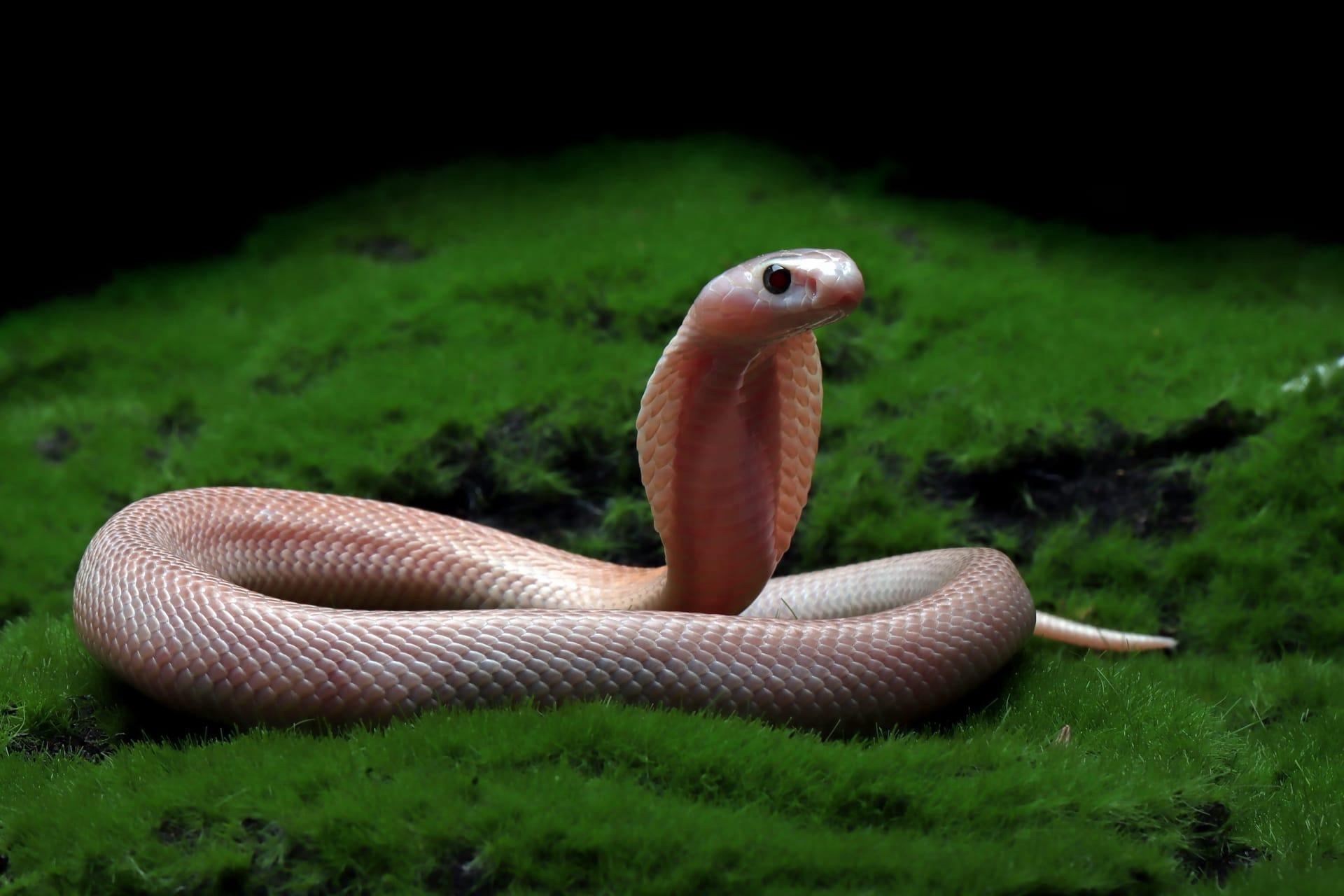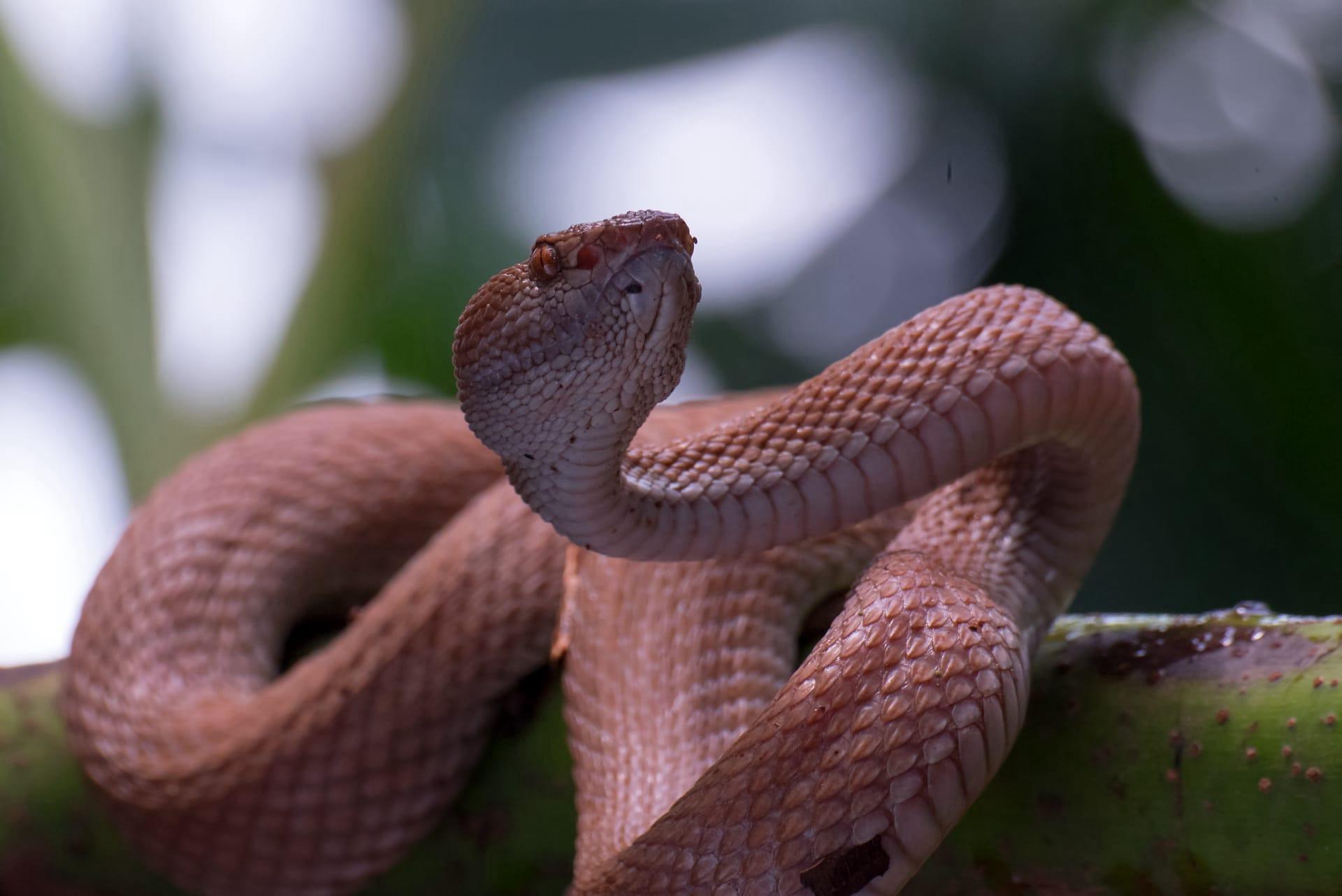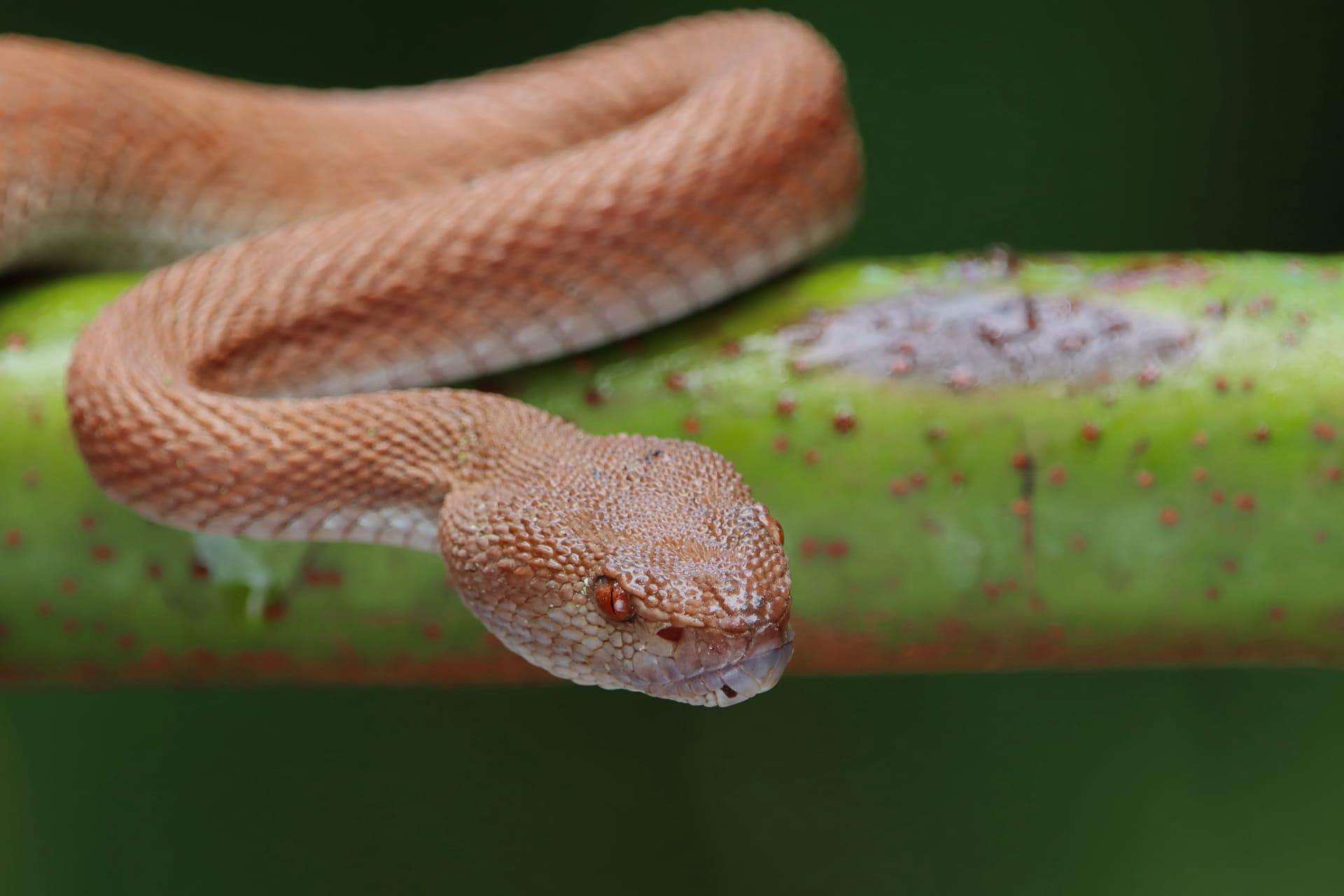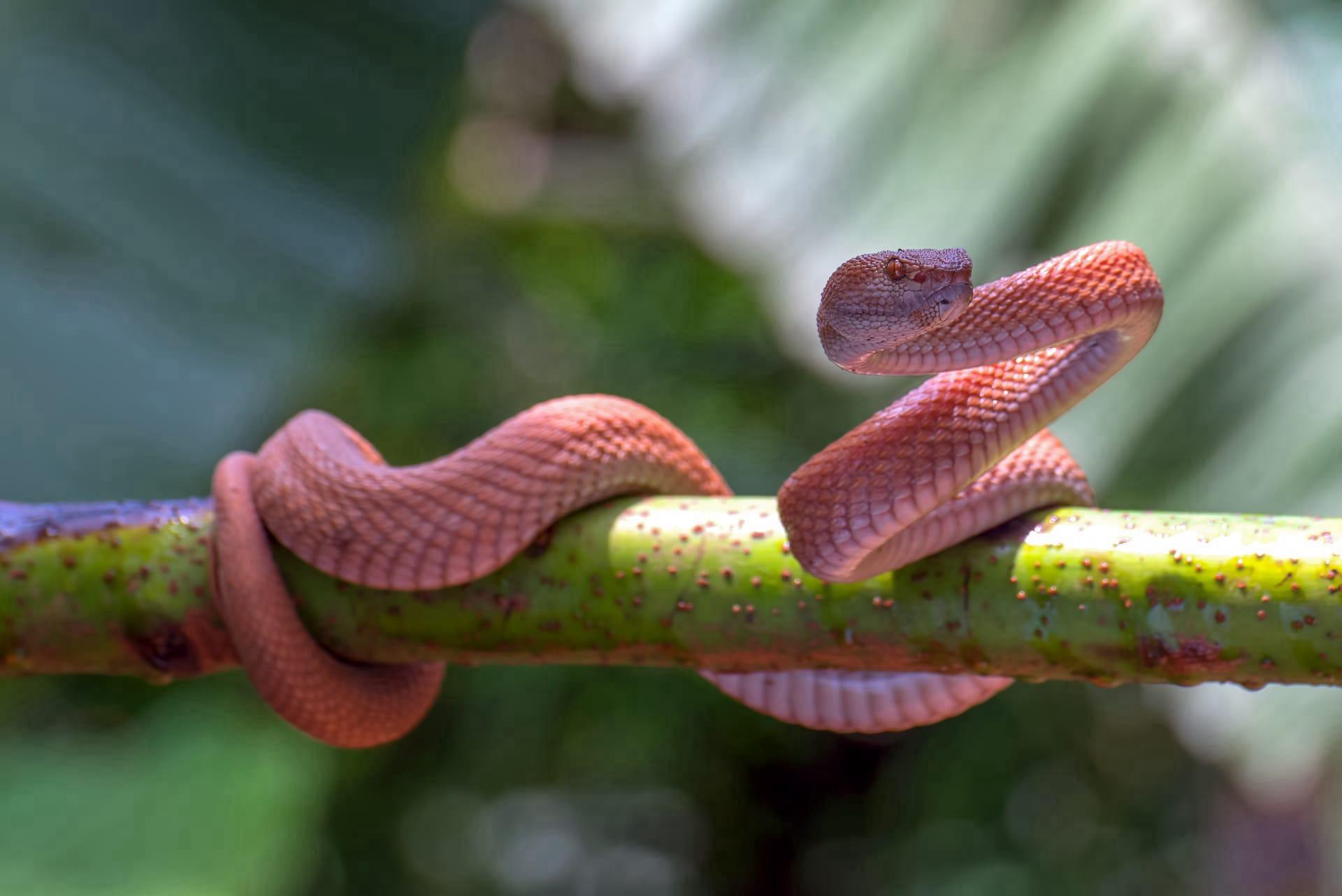1
The pink snake, a rare sight in the wild, gets its unique coloration not from pigments, but from a phenomenon called 'structural coloration.' This means their skin reflects light in such a way that it appears pink to our eyes. One species known for this is the Pink Boa Constrictor, which can grow up to 10 feet long and weigh as much as 50 pounds. These snakes aren't born pink; they develop this hue as they mature, starting off with a more common brown or gray color. The change to pink is gradual and is more pronounced under certain light conditions.
Another fascinating fact about pink snakes is their habitat. They are typically found in regions with high humidity and dense vegetation, like rainforests in South America. This environment plays a key role in their survival, offering plenty of hiding spots from predators and a rich supply of food. Despite their standout color, pink snakes are adept at blending into their surroundings, particularly among fallen leaves and flowers. Their diet mainly consists of small mammals and birds, which they catch using their keen sense of smell and heat-sensing pits located near their mouths, allowing them to detect warm-blooded prey even in complete darkness.

2
Did you know that the reproductive habits of pink snakes are quite unique? Unlike many snake species that lay eggs, some pink snakes, such as the Pink Boa Constrictor, are ovoviviparous. This means they give birth to live young instead of laying eggs. A female pink snake can give birth to up to 60 young at a time, each measuring about 15 to 20 inches in length. This reproductive strategy is advantageous in colder environments, where eggs might not survive due to lower temperatures.
Pink snakes are not just fascinating for their color; they also play a critical role in their ecosystems. As both predators and prey, they help maintain a balance in the food web. They control the population of rodents and other small animals, and in turn, are preyed upon by larger animals like birds of prey and larger mammals. This balance is crucial for the health of the ecosystem, illustrating the importance of even the most unusual creatures in maintaining the natural order.

3
The sensory capabilities of pink snakes are remarkable. These snakes have an extraordinary sense of smell, which they use to track down prey and navigate their environment. Unlike humans, they don't use their nostrils for this; instead, they flick their tongue to capture scent particles from the air, which are then analyzed by a special organ in the roof of their mouth called the Jacobson's organ. This allows them to detect prey or predators from a significant distance.
Another interesting aspect of pink snakes is their thermoregulation behavior. Being cold-blooded animals, they rely on external sources to regulate their body temperature. Pink snakes are often found basking in the sun to warm up and become more active. However, their pink skin is sensitive to prolonged sun exposure, making them prone to overheating. To avoid this, they often switch between sunny and shaded areas, carefully managing their body temperature.

4
When it comes to communication, pink snakes have their unique ways. While they don't have external ears and can't hear sounds the way we do, they are sensitive to vibrations. They can detect movement and vibrations in the ground, which helps them sense approaching animals or threats. This sensitivity is crucial for their survival, especially in dense forests where visual cues are limited.
Pink snakes also have a unique adaptation for survival - their skin secretes a mild venom. This venom is not harmful to humans, but it's effective in subduing small prey. The venom is delivered through small grooves in their teeth, rather than through fangs like many venomous snakes. This adaptation is particularly useful in their diet, which includes fast-moving or agile prey that might be difficult to catch and hold onto.

5
Conservation is a critical issue for pink snakes, as they face threats from habitat destruction and the illegal pet trade. Their striking appearance makes them a target for collectors, but captivity often doesn't suit them well due to their specific environmental needs. Conservation efforts focus on protecting their natural habitats and regulating trade to ensure their survival in the wild.
The lifespan of pink snakes is quite impressive. In the wild, they can live for up to 20 years, a testament to their resilience and adaptability. In captivity, with the right care, they can live even longer, sometimes up to 30 years. This longevity is remarkable for reptiles and speaks to the robustness of these unique creatures. Their long lives allow them to play a continuous role in their ecosystems, contributing to the biodiversity and health of their habitats.